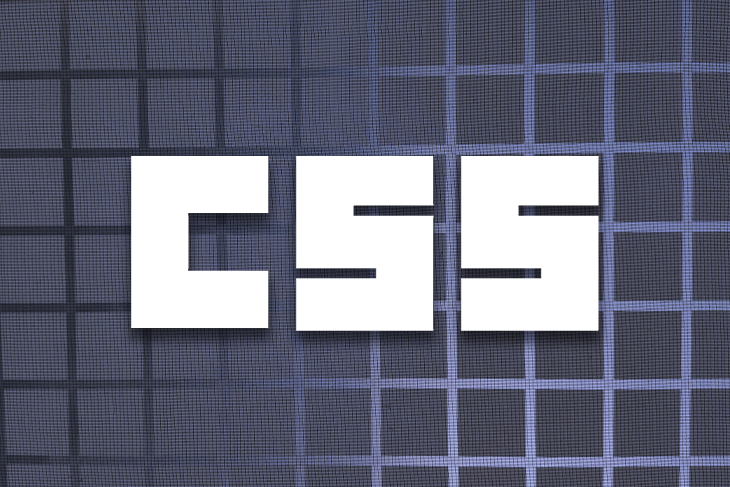Logrocket
3w
261

Image Credit: Logrocket
When to use Flexbox and when to use CSS Grid
- CSS Flexbox and CSS Grid are two powerful layout systems built into CSS that have replaced older techniques like floats and clearfixes.
- Flexbox is ideal for one-dimensional layouts, such as aligning and spacing items in a row or column, making it suitable for UI components and small-scale layouts.
- On the other hand, CSS Grid is designed for two-dimensional layouts, making it perfect for full-page structures and more complex designs.
- Using a combination of Flexbox and Grid can result in cleaner, more scalable CSS layouts.
- Flexbox simplifies arranging items in rows or columns within a container, eliminating the need for positioning hacks.
- CSS Grid offers precise control over both rows and columns simultaneously, allowing for complex, organized layouts without relying on old CSS tricks.
- Both Flexbox and Grid provide key alignment properties like justify-content, align-content, align-items, align-self, making layout control easier.
- CSS Grid is more suitable for complex designs, layouts requiring gaps between elements, or overlapping elements, while Flexbox is preferable for alignment tasks and content-first design.
- Flexbox is recommended for small layouts, element alignment, and content-first design choices; CSS Grid is better for complex designs, gaps between elements, and layout-first design.
- Understanding when to use Flexbox for alignment and Grid for layout helps in creating well-built web layouts that are responsive and maintainable.
Read Full Article
15 Likes
For uninterrupted reading, download the app